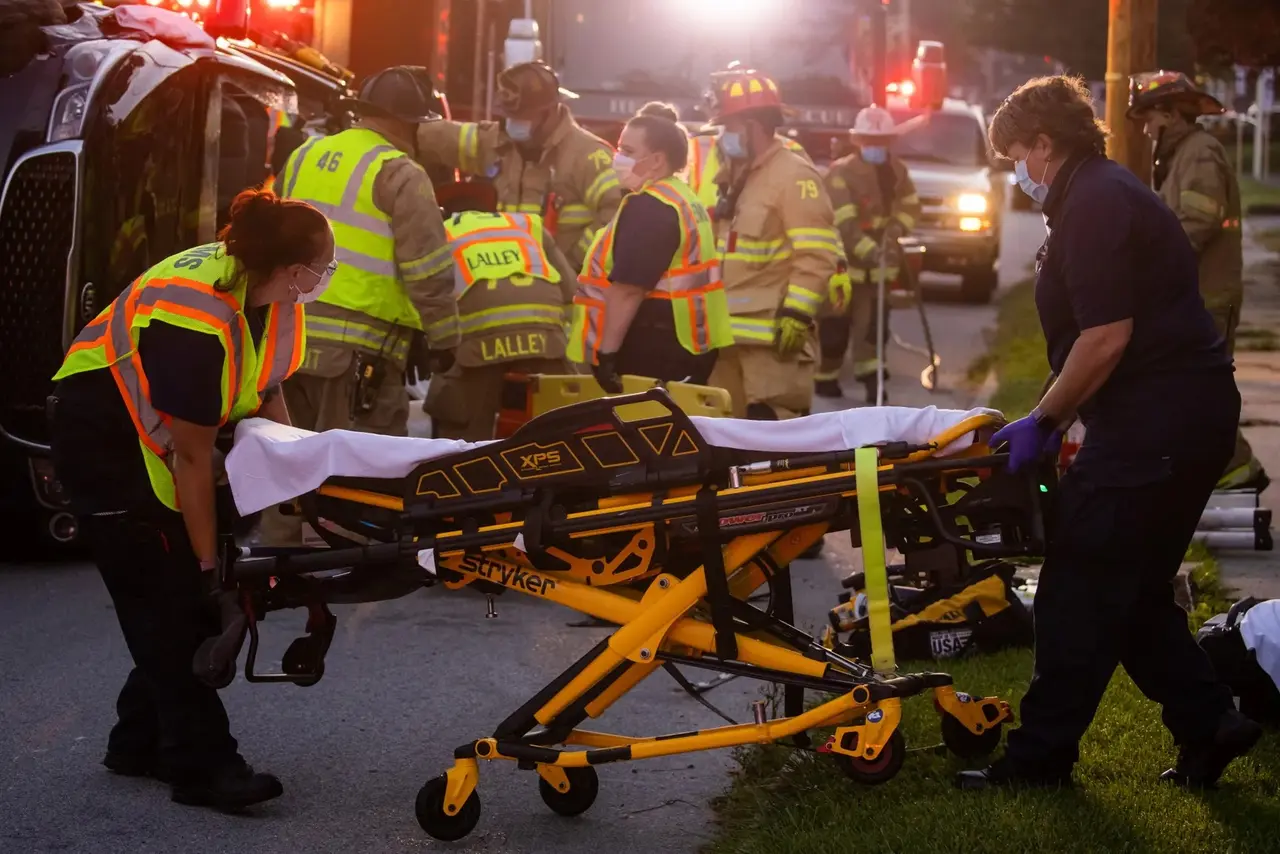In the high stakes world of emergency medical services (EMS), being prepared for real life scenarios isn’t just a benefit it’s a necessity. For aspiring paramedics and emergency medical technicians (EMTs), theoretical knowledge forms the foundation, but it’s the hands on experience that truly shapes competent professionals.
One of the most powerful ways to bridge the gap between classroom learning and real world application is through the use of field tools in EMS education.
Image credit: Paul Kuehnel / York Daily Record Source: York Daily Record article on Pennsylvania’s shrinking EMS workforce, July 7, 2021
Why Practical Learning Matters in EMS
EMS professionals operate in unpredictable and high pressure environments. Whether it’s responding to a multi-car crash or assisting someone in cardiac arrest, they must rely not only on their knowledge but also on their ability to act swiftly and correctly. Practical training, particularly with the tools they’ll use in the field, ensures that students develop the confidence, competence, and critical thinking skills needed for effective emergency care.
Understanding Field Tools in EMS
Field tools in EMS cover a wide range of medical equipment and patient transport devices. Some of the most common tools students train with include:
- Stethoscopes and sphygmomanometers for basic patient assessment.
- Defibrillators (AEDs) and EKG machines for monitoring and responding to cardiac issues.
- Backboards, stretchers, and stair chairs for safe patient transportation.
- Oxygen tanks, suction units, and airway management devices for respiratory support.
Training with these tools not only teaches students how to operate them but also helps them understand why and when to use each one in different clinical situations.
Simulation: Bringing Realism to the Classroom
One of the most effective ways field tools enhance practical learning is through simulation based training. Simulations provide realistic, controlled scenarios that mimic real emergencies. These might include:
- Pediatric trauma care
- Cardiac arrest in a crowded public space
- Mass casualty incidents
These environments encourage students to apply their skills under pressure, make quick decisions, and work effectively in teams just like in the field.
Bridging the Gap Between Theory and Action
While textbooks teach the what and why, field tools teach the how. For instance, learning CPR in theory is one thing; performing it on a high-fidelity manikin that simulates human feedback is another. This practical exposure helps students internalize procedures and protocols, reinforcing what they’ve learned in the classroom.
Developing Critical Thinking and Problem-Solving Skills
EMS scenarios are rarely straightforward. Students must assess situations, prioritize actions, and anticipate outcomes all while managing their equipment. Training with field tools in varied scenarios helps them learn to:
- Evaluate patient signs quickly
- Choose the right tools for the situation
- Adapt when equipment fails or isn’t available
This type of experiential learning promotes agility and critical thinking, two core competencies for every EMS professional.
Building Confidence Before Certification
Confidence can be the difference between hesitation and life-saving action. Repeated exposure to the tools they’ll use in the field helps students build familiarity and comfort. The more they practice using a tourniquet, securing a patient on a stretcher, or setting up an oxygen mask, the more second nature those tasks become.
By the time students are ready to enter the workforce, they not only know what to do they trust themselves to do it well.
Conclusion: Tools That Teach Beyond Technique
Field tools are more than just equipment they are essential teaching instruments that bring EMS education to life. By incorporating them into training, educators can provide a more immersive, realistic, and effective learning experience. This approach not only equips students with technical skills but also shapes confident, capable professionals who are ready to make critical decisions when every second counts.
As EMS continues to evolve, so too should the way we train future responders. Field tools, when paired with thoughtful instruction and realistic simulations, are key to shaping the next generation of life-saving heroes.
Ready to take your EMS training to the next level?
Whether you’re a student, educator, or program director, now is the time to prioritize hands-on learning. Invest in quality field tools, enhance your training curriculum, and prepare your team for the challenges of real world emergency care.
Contact MedTech today to learn more about our EMS training solutions, field tools, and simulation resources designed to elevate your program and empower the next generation of emergency responders.
📞 Call us at 844-800-8740 📧 Email us at Orders@MedTechKits.com

